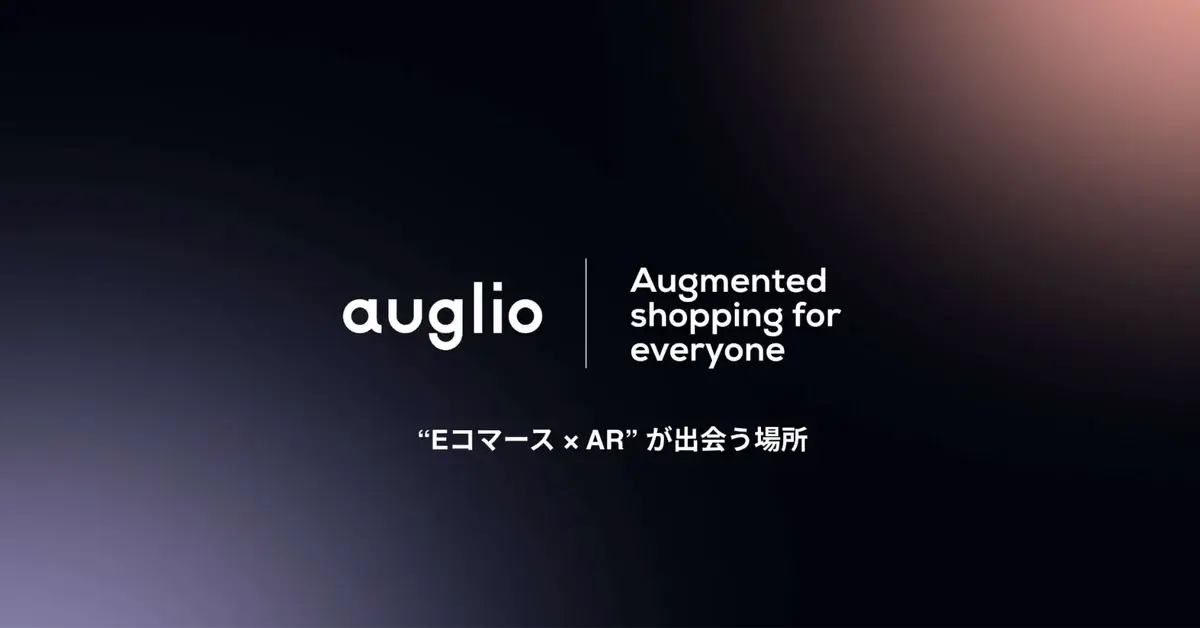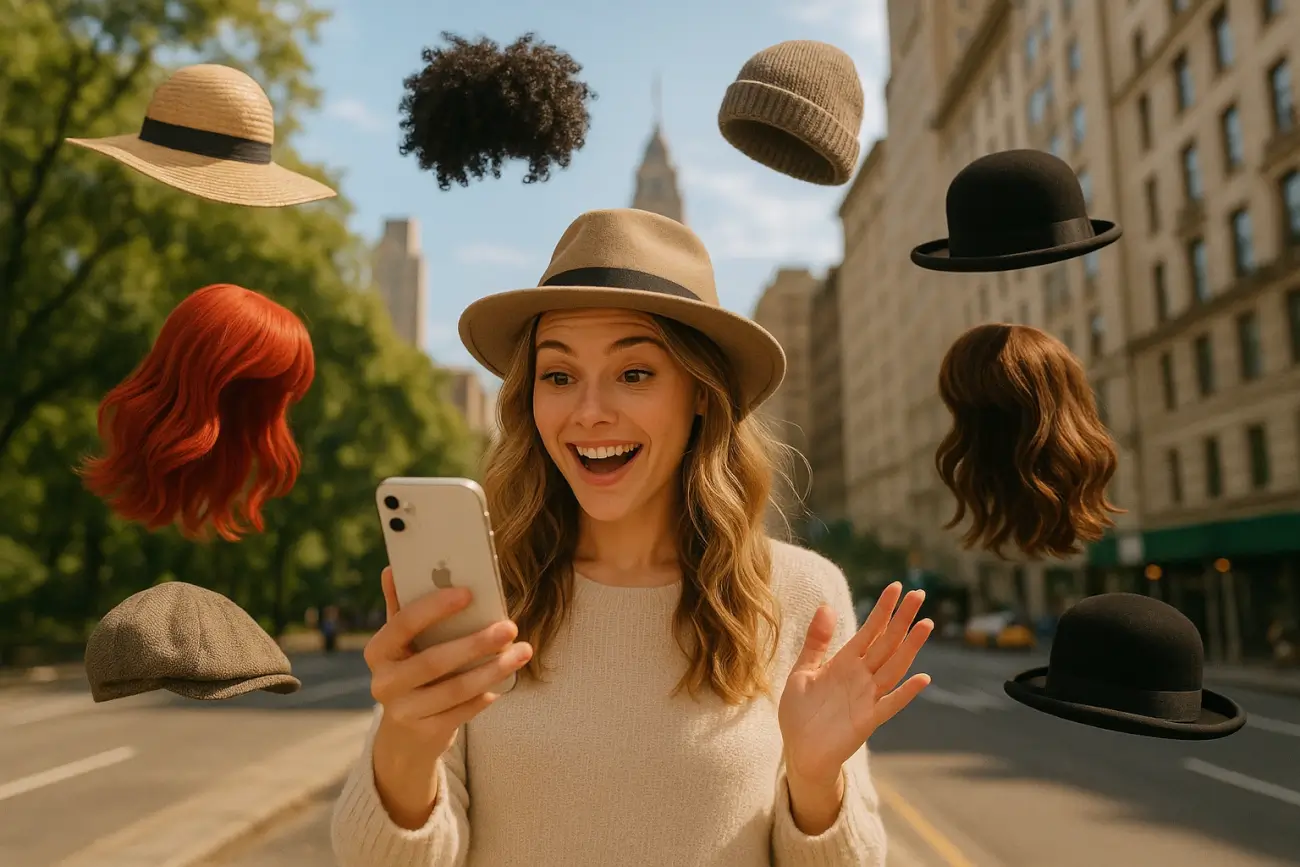In the age of TikTok trends and Instagram aesthetics, one thing is clear—Gen Z doesn’t shop the same way as previous generations. For them, shopping is not just a transactional experience, it’s a digital journey filled with visuals, personalization, and social validation. And when it comes to eyewear, a simple product photo isn’t enough. If they can’t see it on their face, they’re not buying it.
This is where Virtual Try On technology becomes not just a convenience—but a necessity.
The Gen Z Shopping Shift: Experience Over Product
Born between 1997 and 2012, Gen Z is the first true digital-native generation. They’ve grown up swiping, scrolling, and FaceTiming, and their expectations for online shopping are shaped by highly interactive platforms.
According to McKinsey, 75% of Gen Z consumers say they value “authenticity” in brands, and they gravitate toward experiences that let them feel in control and express their individuality. This includes trying before buying—virtually.
In fact, a recent study by Snapchat and Foresight Factory found that 92% of Gen Z are interested in using AR tools for shopping, and over 80% are more likely to buy if they can use AR to try on the product. This isn’t just about fun it’s about trust. Gen Z wants to know a product will look good on them personally before they commit.
Why Photos Aren’t Enough in Eyewear E-commerce
Eyewear is one of the most personal accessories a consumer can buy. Unlike shoes or bags, glasses are literally on your face—center stage in every selfie, video call, and story post. And unlike older generations who were comfortable trusting a model photo or generic product image, Gen Z demands something more visual and interactive.
That’s where glasses try on tools powered by virtual try on technology play a pivotal role.
Without being able to try on different frames, Gen Z shoppers are left to imagine how a pair will look on their face shape, skin tone, and style. For a generation obsessed with aesthetics and identity, that’s simply too much uncertainty.
A 2024 report from Statista found that 59% of Gen Z shoppers abandon their cart due to uncertainty about product fit or appearance. In the eyewear segment, this number jumps even higher, making virtual try-on features not just useful—but essential for conversion.
From Filters to Function: AR as a Daily Utility
What once started as a fun Snapchat filter has matured into a practical, conversion-driving e-commerce feature. Augmented reality (AR) and AI-powered virtual try on tools are now widely adopted by beauty, fashion, and accessory brands. But eyewear, due to its reliance on face symmetry and proportions, is perhaps the category where the tech makes the most measurable impact.
Gen Z, already familiar with AR from apps like Instagram, TikTok, and Snapchat, seamlessly transitions into using try-on tech in e-commerce. What feels natural to them is still a novelty to Millennials or Gen X.
The difference? Gen Z expects it.
A 2023 Shopify Plus study found that Gen Z shoppers are 4x more likely to engage with AR product features than those over age 35. And when they do engage, the likelihood of purchase increases by 30–50%, especially when trying on items like glasses.
Social Shopping and Peer Validation
Another critical factor in Gen Z buying behavior is peer influence. Social sharing is baked into their purchase journey—whether it’s sending a try-on selfie to a group chat or sharing a poll on Instagram Stories.
Virtual Try On experiences that enable sharing, comparing, or even co-shopping are seeing rapid adoption. Auglio, for instance, offers shared try-on experiences, where users can share their selfie try-ons with friends or family for instant feedback. This mimics the in-store experience of “Does this look good on me?”—but brings it online.
This social validation isn’t just fun—it reduces return rates and increases conversion. According to Klarna’s “2024 Social Commerce Report,” Gen Z is 3x more likely than other age groups to seek real-time feedback before purchasing online. Give them the tools to do that, and they’re far more likely to convert.
The ROI of Glasses Try On for Retailers
While Gen Z drives the behavioral trend, the business case for glasses try on solutions is equally compelling.
Let’s talk numbers:
-
Conversion rates: Brands using advanced virtual try-on tech report a +200–300% increase in conversion rates compared to product-only listings. (Source: Retail Dive, 2024)
-
Return reduction: One of the biggest headaches in eyewear e-commerce is high return rates. With VTO, some brands report up to 40% fewer returns, thanks to more informed decisions at checkout.
-
Time on site: Adding interactive try-on tools increases user engagement by up to 3x, keeping users browsing longer and trying more products—both strong predictors of higher sales.
Virtual Try On = Brand Differentiation
Let’s not forget: Gen Z is also less brand loyal than any generation before. They’re not tied to legacy names; they’re driven by experience, ethics, and utility. Brands that adopt cutting-edge features like virtual try on not only convert better, but also win mindshare.
In a crowded online marketplace, especially in fashion and eyewear, differentiation matters. Offering a real-time, camera-powered, face-shape-sensitive try-on experience sends a clear message: This brand gets me.
Whether you’re a boutique eyewear label or a multi-category e-commerce player, adding virtual try-on is more than a tech add-on. It’s a strategic move to speak Gen Z’s language—and show up where they are, how they shop.
It’s Not the Future. It’s the Now.
Virtual try-on used to be a futuristic gimmick. Today, it’s the cost of entry—especially if you’re targeting Gen Z.
They won’t wait for a store visit.
They won’t gamble on a frame that “might” look good.
They won’t buy without seeing themselves in it.
From scroll to selfie, Gen Z’s buyer journey is driven by personalization, tech, and peer input. If your eyewear brand isn’t offering glasses try on functionality yet, you’re not just behind the curve—you’re invisible to the shoppers who matter most in the coming decade.
If you’re an e-commerce brand selling glasses, sunglasses, or any face-related product, virtual try on is no longer optional—it’s strategic. And for Gen Z, it’s the difference between browsing and buying.
Want to see how virtual try-on could work for your store? 👉 Contact us for a free demo.






